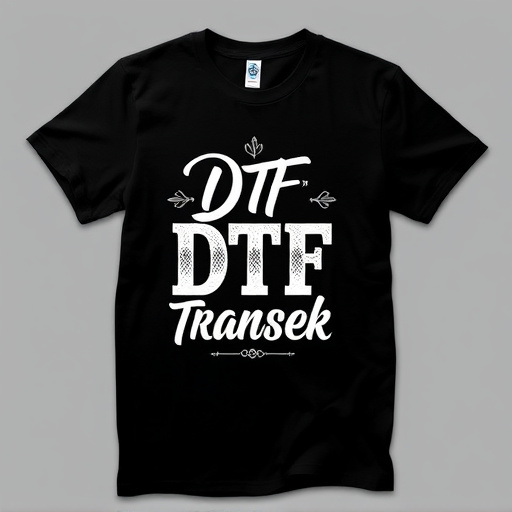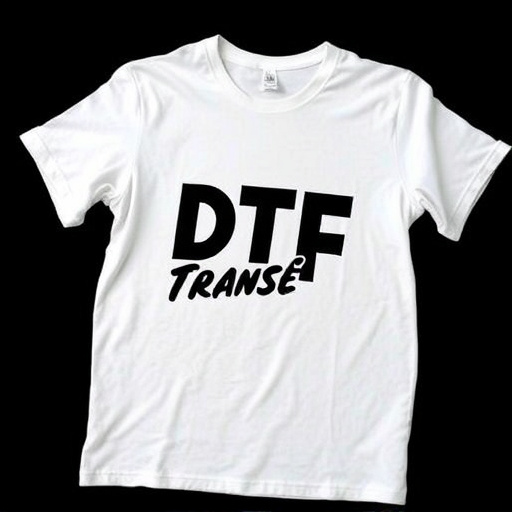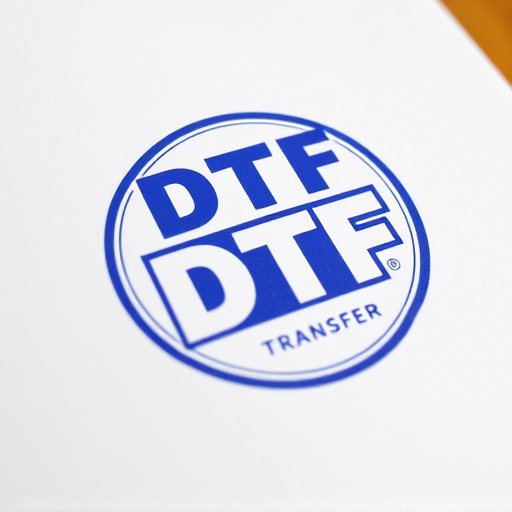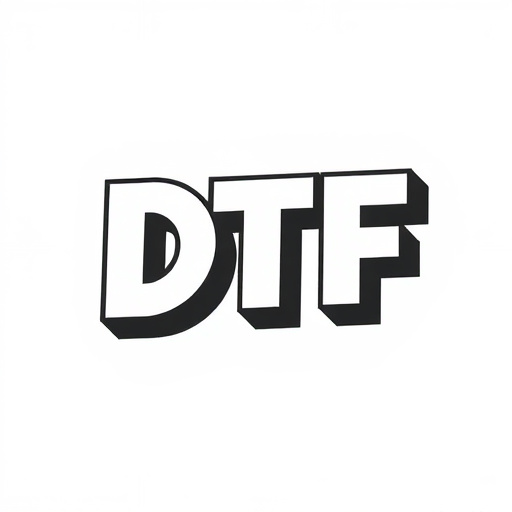Direct-to-Film (DTF) transfers are a cutting-edge printing solution for signage and advertising, offering high-quality prints on various surfaces. Adhesion time varies based on factors like film types, surface preparation, application methods, and environmental conditions. Optimal performance requires precise tuning of these parameters, with recommended curing schedules ensuring superior bond strength. Best practices include clean substrate surfaces, ideal temperature (20-25°C) and humidity (40-60%), adequate pressure during application, and meticulous surface prep to avoid air bubbles and misalignment. DTF transfers have proven their durability in diverse industries through real-world applications, showcasing vibrant colors and sharp details even after over a year of outdoor exposure and longevity in museum exhibitions.
Direct-to-film (DTF) transfers have revolutionized the way we create and apply graphics on various surfaces. Understanding the optimal adhesion time for these transfers is crucial for achieving long-lasting, high-quality prints. This article delves into the factors influencing DTF adhesion, offering insights on ideal conditions and common challenges. From best practices to real-world case studies, discover how to ensure your DTF prints remain vibrant and durable over time, enhancing their overall impact in various applications.
- Understanding Direct-to-Film (DTF) Transfers: A Brief Overview
- Factors Influencing Adhesion Time in DTF Transfers
- Ideal Conditions for Optimal DTF Transfer Adhesion
- Common Challenges Affecting DTF Print Adhesion and Their Solutions
- Best Practices for Ensuring Long-Lasting DTF Prints
- Real-World Application: Case Studies of Successful DTF Adhesion
Understanding Direct-to-Film (DTF) Transfers: A Brief Overview

Direct-to-Film (DTF) transfers are a cutting-edge printing technique that has revolutionized the way we reproduce images and graphics directly onto various surfaces, particularly in the field of signage and advertising. This innovative process eliminates the need for traditional intermediate steps, such as printing on paper or vinyl, by applying the design directly to the final medium using specialized ink and equipment. DTF transfers offer unparalleled versatility, allowing for high-quality prints on a diverse range of materials, including plastic, glass, metal, and even certain types of fabric.
The DTF process involves several key components: first, creating or sourcing a high-resolution digital image that accurately represents the desired final product; then, using specialized printers equipped with specific inks formulated for different substrates; followed by precise application of the ink to the target surface. The ‘stickiness’ or adhesion of these transfers is a critical factor, ensuring the long-lasting integrity of the printed design. Proper DTF adhesion requires careful consideration of factors like ink type, substrate texture, and environmental conditions, all of which play a pivotal role in determining the longevity and durability of the final prints.
Factors Influencing Adhesion Time in DTF Transfers
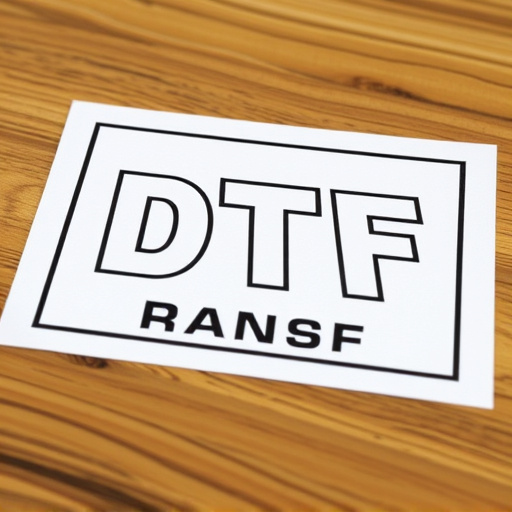
The duration required for proper adhesion in direct-to-film (DTF) transfers can vary significantly based on several factors. Firstly, the type of film and ink used plays a crucial role. Different materials have varying adhesive properties, with some films being more compatible with specific inks than others. The surface preparation is another critical aspect; ensuring the substrate is clean, free from contaminants, and properly primed enhances adhesion. Additionally, the application method, including pressure and temperature during the transfer process, directly impacts the bond strength. Optimal results are achieved when these parameters are finely tuned to the specific DTF printing system and materials in use.
Furthermore, environmental conditions like humidity and temperature can significantly influence adhesion time. Moisture levels affect ink drying and film bonding, while temperature fluctuations can alter material properties. In terms of DTF prints, proper curing and cooling times are essential to ensure long-lasting adhesion. Different inks and films may have recommended curing schedules, which should be strictly adhered to for optimal bond strength and durability, ensuring the longevity of the transferred image on various surfaces.
Ideal Conditions for Optimal DTF Transfer Adhesion

Achieving optimal adhesion in direct-to-film (DTF) transfers requires specific ideal conditions to ensure top-notch DTF printing results. The first crucial factor is surface preparation; the substrate’s cleanliness and smoothness are vital for strong bonding. Any contaminants, roughness, or moisture on the film’s surface can compromise adhesion, so proper cleaning and drying are essential steps before application.
Temperature and humidity play a significant role too. Optimal DTF transfer adhesive performance is typically found within a range of 20-25°C ambient temperature and 40-60% relative humidity. Extreme conditions, whether too hot or too cold, can negatively impact the bonding process. Additionally, ensuring adequate pressure during application helps create a strong contact between the film and substrate, promoting long-lasting adhesion for DTF prints.
Common Challenges Affecting DTF Print Adhesion and Their Solutions
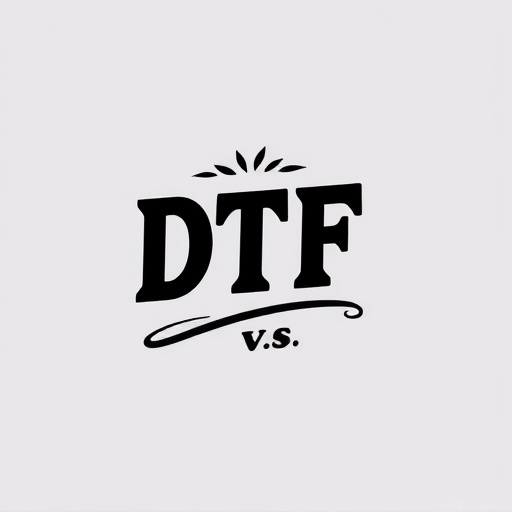
Direct-to-film (DTF) transfers face several challenges that can impact their adhesion and long-term durability. One common issue is air bubbles, which form when air gets trapped between the print and the substrate during application. This can be addressed by ensuring a clean surface and using a squeegee to gently press the film into place, eliminating any air pockets. Another challenge is misalignment, particularly with complex designs, leading to an uneven or incomplete bond. Precise registration and careful alignment of the DTF transfer during application are key solutions here.
Furthermore, environmental conditions play a crucial role in DTF adhesion. Humidity levels that deviate from optimal ranges can cause water-based adhesives to set improperly, resulting in weak bonds. Maintaining consistent temperature and humidity ensures better adhesive performance. Additionally, surface preparation is essential; any contaminants or roughness on the substrate can hinder adhesion. A thorough cleaning process and ensuring a smooth surface prior to application significantly enhance DTF transfer adhesion, leading to more vibrant and long-lasting DTF prints.
Best Practices for Ensuring Long-Lasting DTF Prints
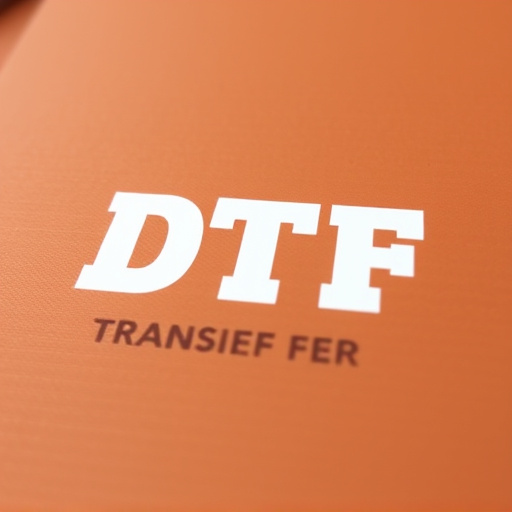
To ensure long-lasting DTF (Direct-to-Film) transfers, best practices involve careful preparation and handling of prints. Start by using high-quality materials designed for extended durability. This includes both the transfer film itself and the receiver surface, whether it’s a vehicle or other substrate. Cleanliness is paramount; ensuring surfaces are free from contaminants like dust, oil, or wax will greatly enhance adhesion. Before applying the DTF transfer, properly prepare the receiving surface by degreasing and priming if necessary.
Additionally, precise application techniques significantly impact longevity. Use a clean, smooth applicator to gently press the transfer onto the substrate, eliminating air bubbles and ensuring even contact. Avoid excessive heat or pressure, as this can damage the print or cause premature adhesion failure. After application, allow adequate curing time according to the manufacturer’s guidelines. This allows for optimal molecular bonding between the DTF film and the receiving material, resulting in vibrant, long-lasting prints that withstand the test of time.
Real-World Application: Case Studies of Successful DTF Adhesion

In real-world applications, direct-to-film (DTF) transfers have proven their worth in various industries, showcasing successful adhesion for extended periods. Case studies from signmaking and graphics printing businesses highlight the longevity of DTF prints, even in demanding environments. For instance, outdoor advertising signs featuring DTF designs have maintained their integrity after being exposed to harsh weather conditions for over a year, with vibrant colors and sharp details still visible. This longevity is a significant advantage, especially for businesses aiming to create visually appealing and durable marketing materials.
Additionally, DTF technology has found success in museum exhibitions, where high-quality replicas of ancient artifacts were created using this method. These prints have remained intact and undisturbed for several years, resisting environmental factors and handling by visitors. Such real-world examples underscore the reliability and durability of DTF transfers, making them a preferred choice for applications requiring long-lasting adhesion and visual fidelity.





